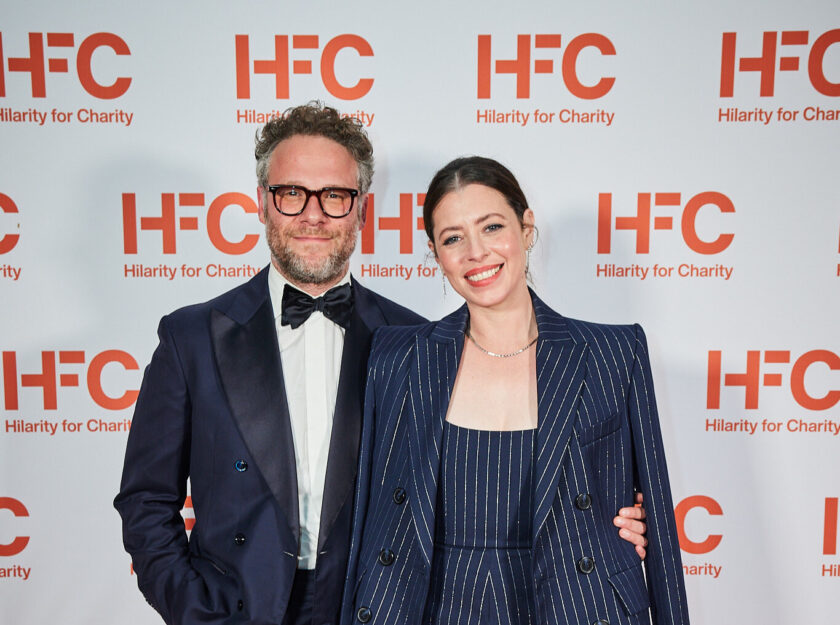Saturday, April 17, 2004 5:00 PM
BY JILL STEWART
Norma Zager is the editor of a quiet weekly in Beverly Hills with just two fulltime employees, so she’s accustomed to laying out the paper herself and writing about charity dinners and community news that doesn’t exactly hit the 11 o’clock news.

All that changed last year as Zager, a board member of the Los Angeles Press Club, began reporting for her Beverly Hills Courier on a controversy over oil wells adjacent to Beverly Hills High School that environmental activist Erin Brockovich said were causing a cancer cluster.
With a media darling like Brockovich involved, The New York Times reported on it and other media giants weighed in. Most coverage relied on the easy he-said, she-said approach. Brockovich made allegations and the oil well owners denied them.
Zager decided to do something different: she went digging to find out if there was hard science to back up allegations that had terrified Bevery Hills parents. In nearly 50 stories in 2003 about the “cancer cluster,” Zager probed deep into technical data and medical studies. She began questioning whether Brockovich and her boss, attorney Ed Masry, ever had a case.
One of Zager’s first scoops revealed that of 300 cancer cases initially alleged—a claim that helped land Brockovich in many newspapers—less than 100 were actually cancer. Some of the “cancer” illnesses were actually insomnia and tingling sensations.
Her coverage has now landed Zager in the pages of the Columbia Journalism Review and the Wall Street Journal.
As CJR writer Eric Umansky noted in a March profile of Zager: “When the data sets were finally handed over, they showed that despite Brockovich-Ellis’s claim that she repeatedly found alarming levels of ben- zene, nearly all the readings were normal. As Zager reported—again, nearly alone among reporters covering the story— the highest benzene reading was still below state regulations.”
Wrote Umansky: “As the Masry and Brockovich-Ellis evidence crumbled, their cancer-cluster claims continued to be cited in the press. … Masry told The Associated Press that the school’s cancer rate was twenty to thirty times the national average. Once again, the two refused to document their claims until a judge ordered them to comply. Zager sat in on the court hearings and heard a lawyer for Masry’s firm admit
that, in fact, his side did not do an epidemi- ological study and has no data on [cancer] rates at all.”
Thomas Mack, chief of epidemiology at County-USC Medical Center, told Umansky: “You’re just as likely to get cancer from your car stereo.” Zager is modest about her scoops, saying, “Of course I am honored to be men- tioned in the Columbia Journalism Review.” She is bothered, however, that the vast majority of national and local journalists failed to probe past the surface.
“I feel badly that so many reporters today don’t feel the desire to put in the extra effort to do their homework and really delve into the issues,” says Zager. “I have made every effort to look beneath everyone’s personal agenda and print the science and the facts as they have been presented so far, checking with experts and scientists every step of the way.”
Despite what she learned, she says, “I am still open-minded, and if anything changes and new facts come to light, I will be the first one to print them.”
Well said, Norma Zager. Congratulations on a masterful job of old-fashioned reporting—wherever it may lead.



